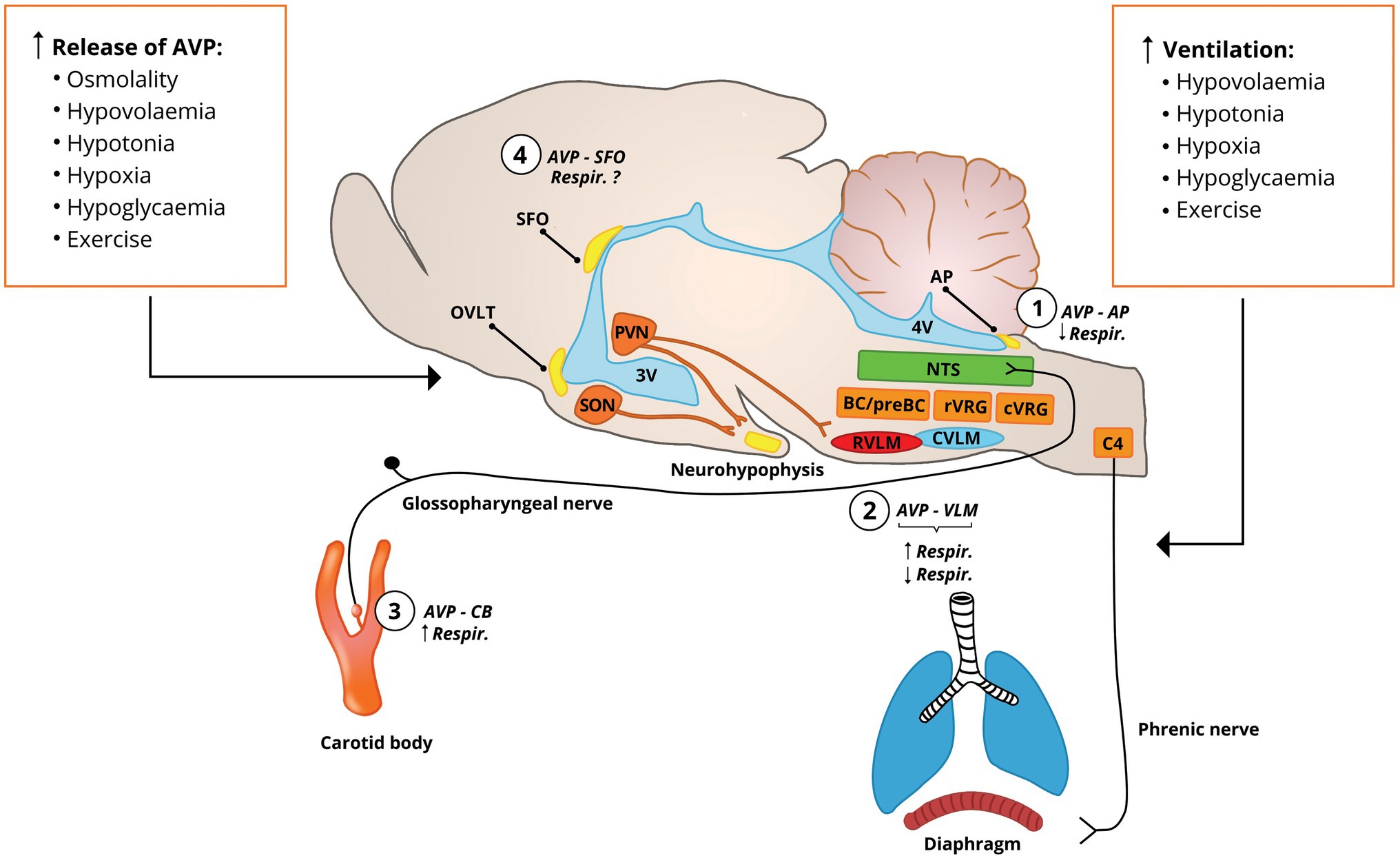The Activation Synthesis Theory Provides a Physiological Explanation for
The activation-synthesis theory provides a physiological explanation for. However people used to believe sleeping and dreaming was a.

Learn About Theories Of Dreams And Activation Synthesis Model Chegg Com
Use to sort sift through days experiences.

. The activation-synthesis theory provides a physiological explanation for adreaming. As suggested by its name its made up of two parts. Because the brain stem is still active while we dream the cerebral cortex.
The activation-synthesis theory explains dreaming by drawing a connection between the cerebral cortex and the brain stem. Activation Synthesis Theory is a neurobiological theory of dreams put forward by Allan Hobson and Robert McCarley in 1977 which states that dreams are a random event caused by firing of neurons in the brain. Every night after a late dinner Sasha has a strong cup of coffee before working out at the gym.
Activation refers to the random firing of neurons from the brain stem. The activation - synthesis theory provides a physiological explanation for. Up to 24 cash back The activation-synthesis theory is a neurobiological explanation of why we dream.
The large slow brain waves associated with Stage 4 sleep are called. This random firing sends signals to the bodys motor systems but because of a paralysis that occurs during REM sleep the brain is faced with a paradox. Activation-Synthesis Model Of Dreaming Sleepers are not passive participants in their sleep cycle but active participants who undergo physiological changes while they slumber.
Activation-synthesis theory provides a physiological explanation for. The theory essentially is quite basic and simple. The activation-synthesis model can be regarded as a model which stressed that dream is as a result of physiological processes of the brain.
None of the listed answers are correct narcolepsy. Allan Hobson and Robert McCarley first proposed their theory in 1977 suggesting that dreaming results from the brains attempt to make sense of neural activity that takes place during sleep. Allan Hobson and Robert McCarley.
And the synthesis refers to the interpretation of these random signals into spontaneous thoughts by the cerebral cortex. The activation-synthesis theory provides a physiological explanation for A. Neural activity during REM sleep provides stimulation to the brain growth hormone a.
In other words as the body and brain cycles through the day and night the. All of the listed answers are correct sleep apnea. The activation-synthesis model suggests that our brains cause dreams by means of neural activity during REM cycles.
The activation synthesis process suggests that a dream is therefore caused by the physiological processes that are happening while someone is unconscious. Flag This Answer As. In an experiment hypnotized subjects are told to scratch their ear if they hear the word psychology mentioned later.
Therefore Activation-Synthesis Theory of Dreaming is the correct answer. There is a wide variety of neural activity that continues to happen while you sleep. First proposed by Harvard University psychiatrists John Allan Hobson and Robert McCarley in 1977 the hypothesis suggests that dreams are created by changes in neuron activity that activates the brainstem during REM sleep.
Giving a brief explanation for how each type of drug works. The fact that they do so only if they think the experiment is still under way most clearly supports the theory that hypnosis involves. The differences in neuronal activity of the brainstem during waking and REM sleep were observed and the hypothesis proposes that.
The activation-synthesis hypothesis proposed by Harvard University psychiatrists John Allan Hobson and Robert McCarley is a neurobiological theory of dreams first published in the American Journal of Psychiatry in December 1977. Activation synthesis theory says that dreaming is a reaction of the highly aroused brain during REM sleep. The Activation-Synthesis Hypothesis is a neurobiological theory of dreams.
Activation-synthesis theory is a neurobiological explanation for the genesis of dreams first proposed in the late 1970s by J. In an experiment hypnotized subjects are told to scratch their ear if they hear the word psychology mentioned later. On her way home she likes to stop for a double-chocolate frozen yogurt.
Also the theory offers that our brain attempts to create meaning out of the neural impulses based on familiar images in our past. According to their theory dreams. As oppossed a belief that sleeping and dreaming is a passive process it can be affirmed by the scientist that brain is usually quite while sleeping.
The activation-synthesis theory provides a physiological explanation for. The activation-synthesis theory provides a physiological explanation for. Dissociation has been used as an explanation for.
The activation-synthesis theory provides a physiological explanation for. The main difference between the two theories is that activation synthesis theory suggests that there is no hidden theory while. The activation-synthesis theory provides a physiological explanation for.

Learn About Theories Of Dreams And Activation Synthesis Model Chegg Com

Microglial Involvement With Psychiatric Diseases

Frontiers Vasopressin And Breathing Review Of Evidence For Respiratory Effects Of The Antidiuretic Hormone Physiology
Comments
Post a Comment